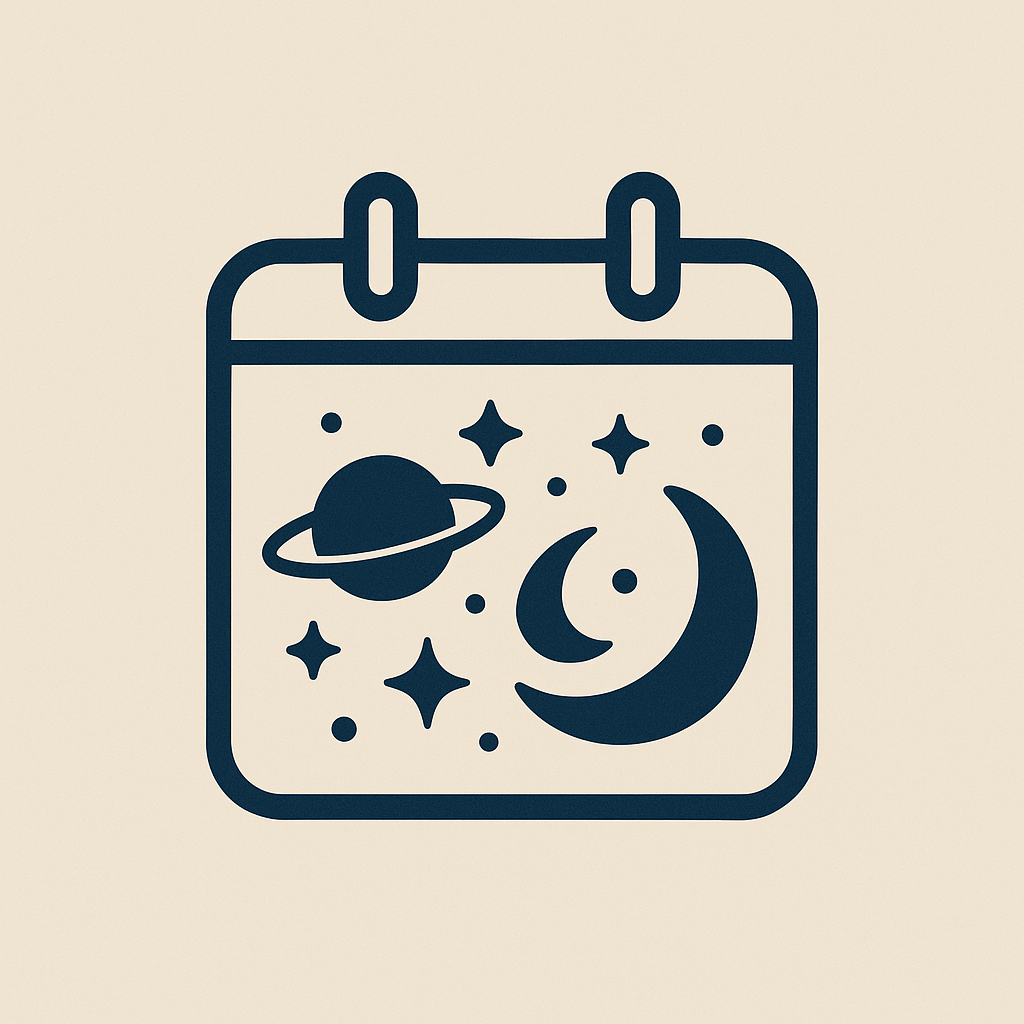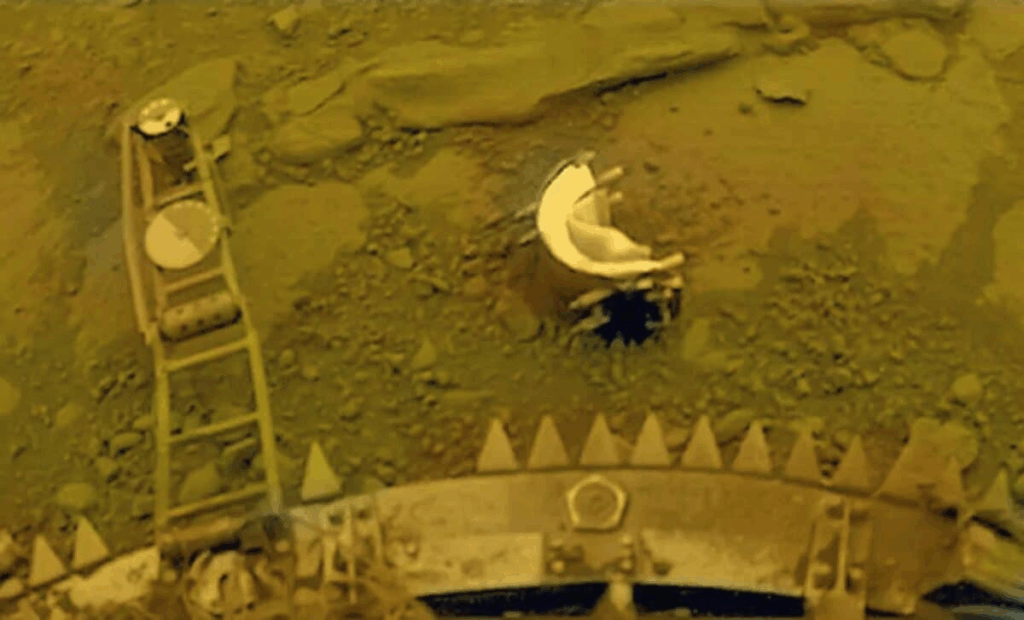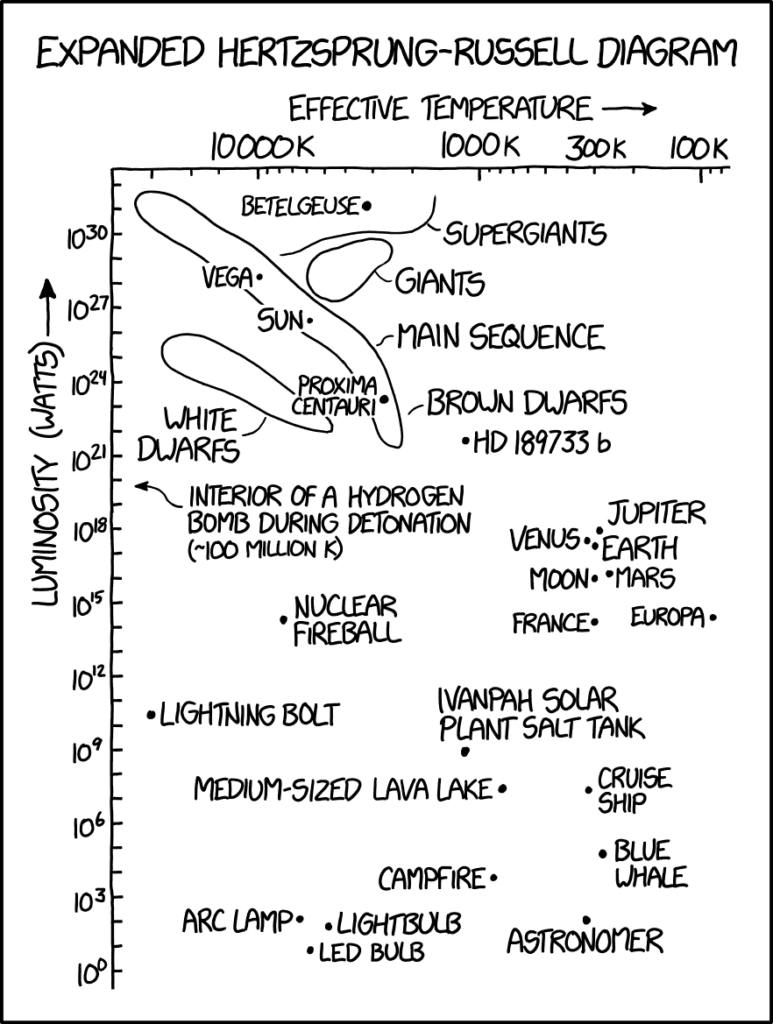
(Pacific Daylight Time = UT-7)
Oct. 6
19:00 AstroCafé hybrid meeting, in person at the Fairfield Community Centre, or on-line on Zoom
20:48 Full Moon
Oct. 7
The Russian Luna 3 spacecraft takes the first photos of the back side of the moon in 1959.

Oct. 8
19:30 University of Victoria RASC Meeting, Bob Wright Centre, Lecture Theatre A104
Nick Verteeg – “Northern Star. The life of John Stanley Plaskett”. Screening the new documentary and discussion.
Followed by Coffee, Cookies and Conversation in the Astronomy Lounge on the 4th floor of the Elliot Building. Alex Schmid will open up the Centre RASC Library which is located in this lounge.

Ejnar Hertzsprung, the co-developer of the Hertzsprung-Russell Diagram (which helps astronomers understand the life sequence of stars), is born in 1873 in Copenhagen, Denmark
Oct. 11
Heinrich Olbers, astronomer and doctor, is born in 1758 in Arbergen,in what is now Germany. He discovers asteroids and comets, devises a new method of orbit calculation, and proposes the dark night sky paradox.
Oct. 13
Last Quarter Moon, 11:13
(No Astrocafé. Happy Thanksgiving everybody)
Oct. 20
19:00 AstroCafé hybrid meeting, in person at the Fairfield Community Centre, or on-line on Zoom.
Oct. 21
19:30, Victoria Centre Council Meeting
05:25 New Moon
Oct. 23
Creation of the Earth at 06:30, 4004 BCE, according to Archbishop James Ussher of Armagh.
In 1975, the Russian Venera 9 mission to Venus sends back the first ever images from the surface of another planet.

Oct. 25
American astronomer Henry Norris Russell is born in 1877 in Oyster Bay, New York. He goes on to create the Hertzsprung-Russell Diagram and make many other contributions to astronomy

www.explainxkcd.com/wiki/index.php/2009:_Hertzsprung-Russell_Diagram
Oct. 27
19:30 AstroCafé hybrid meeting, in person at the Fairfield Community Centre, or on-line on Zoom.
Oct. 29
First Quarter Moon, 09:21
Edmond Halley was born in 1656 (according to the Julian calendar, still in official use in England at the time.) Halley discovered much more than the periodicity of the comet now named for him. He found proper motion among the stars, figured out how a transit of Venus could give us the size of the solar system

